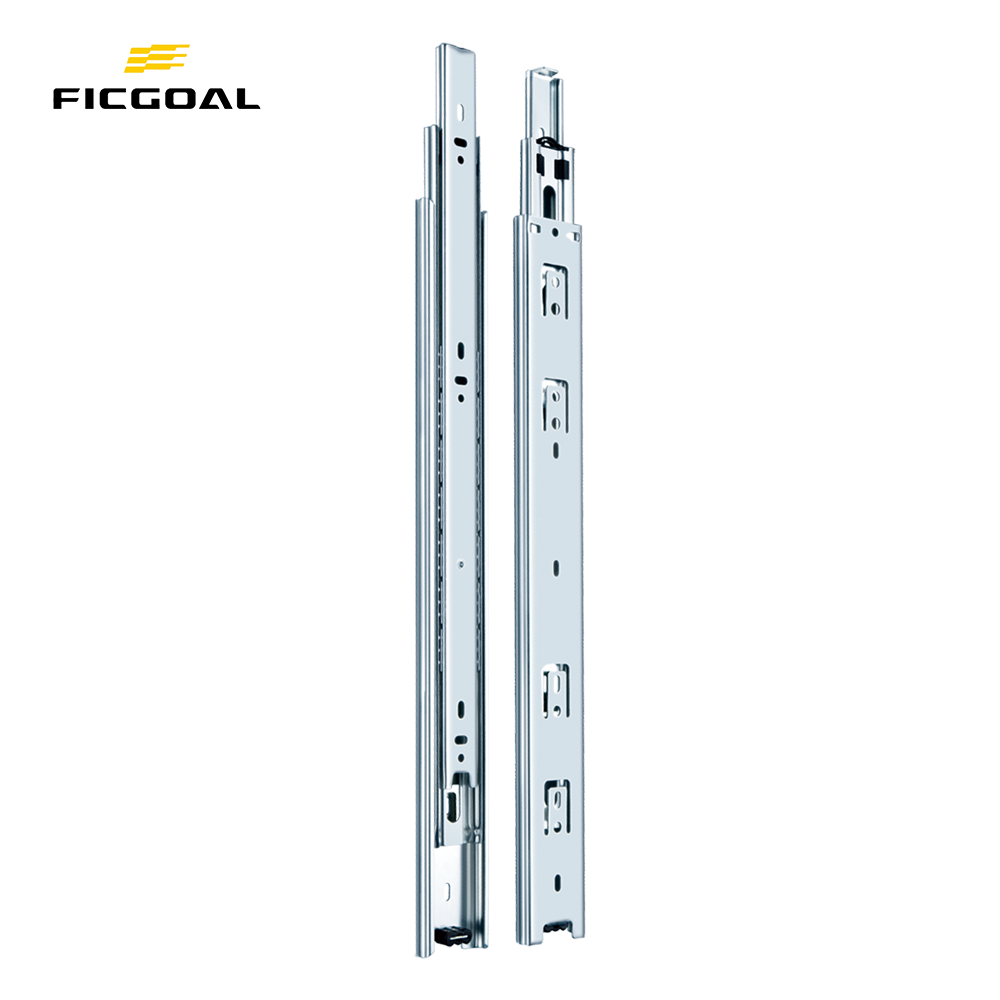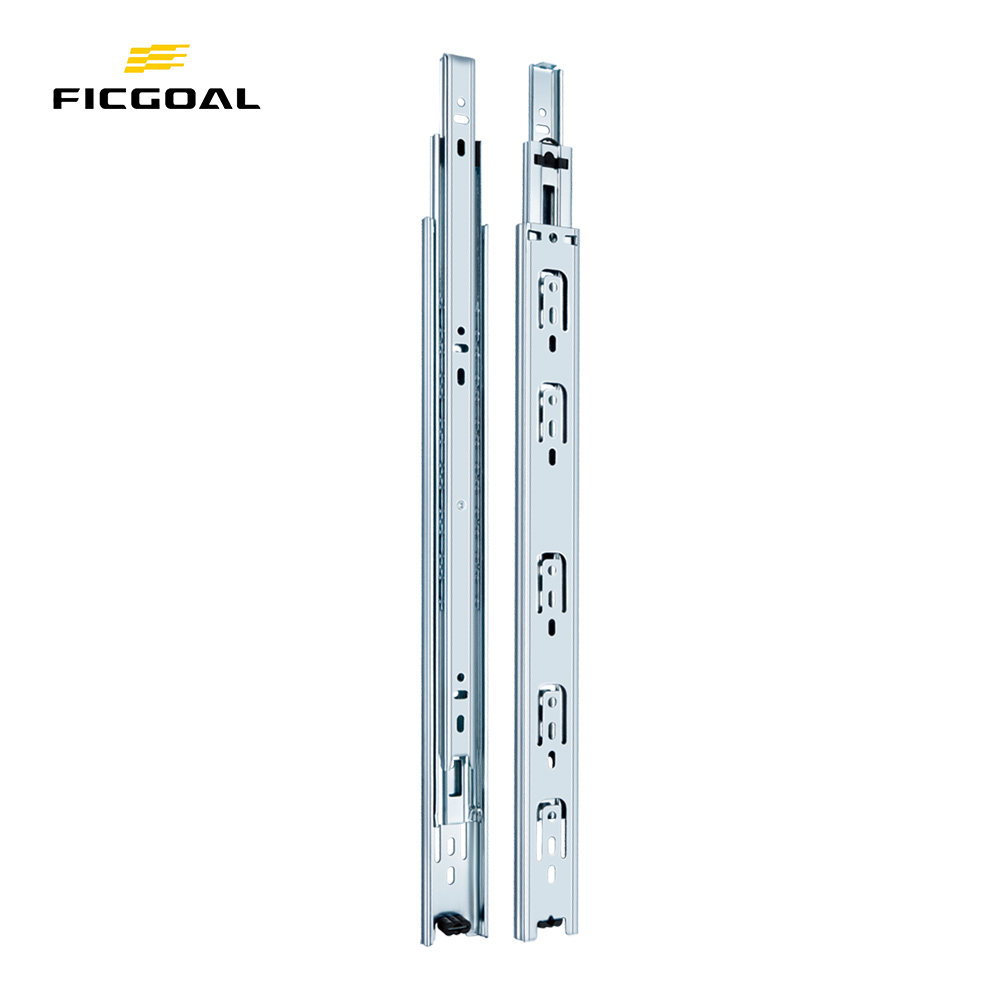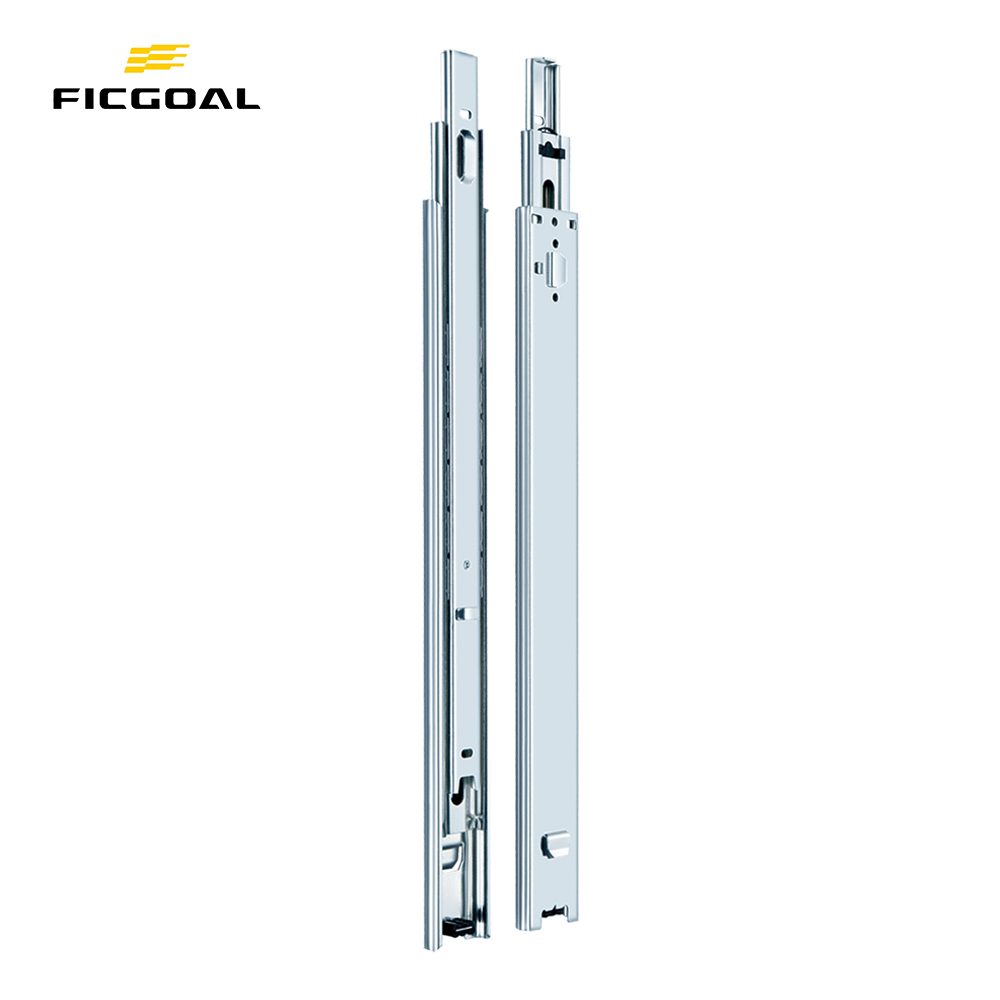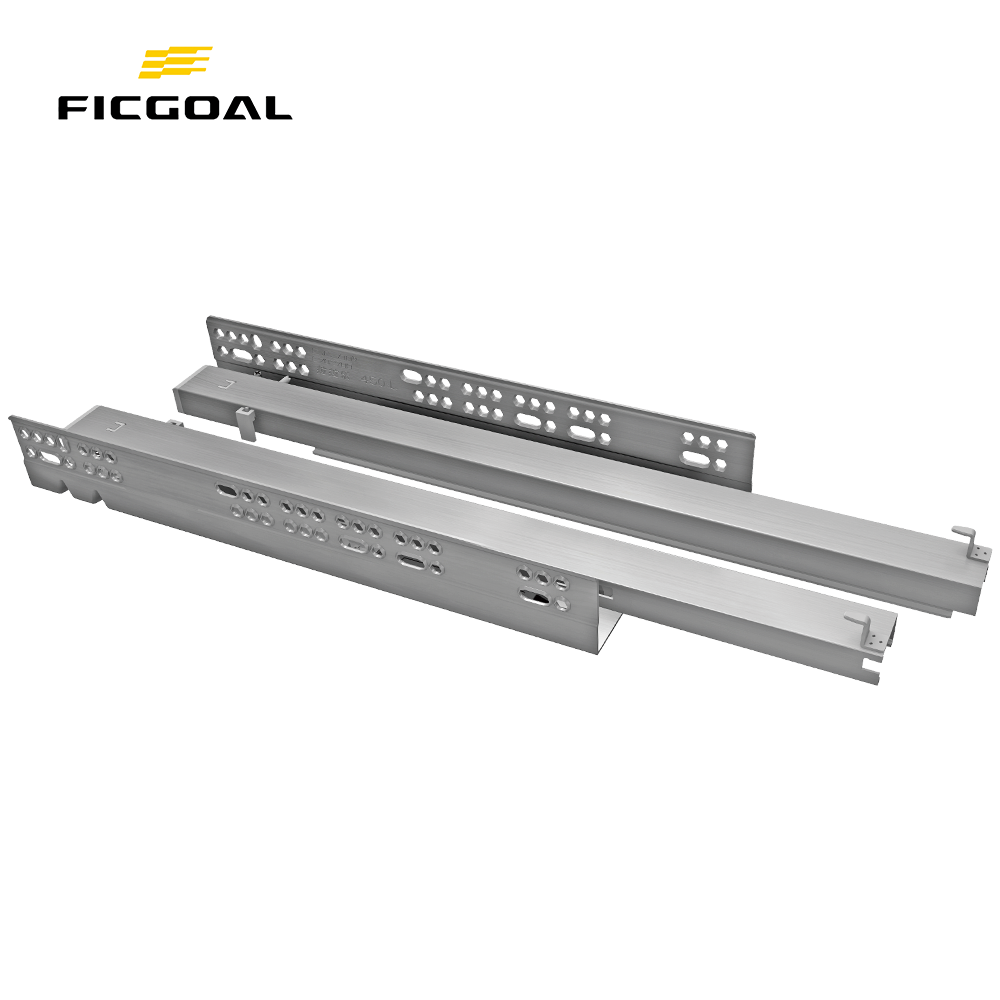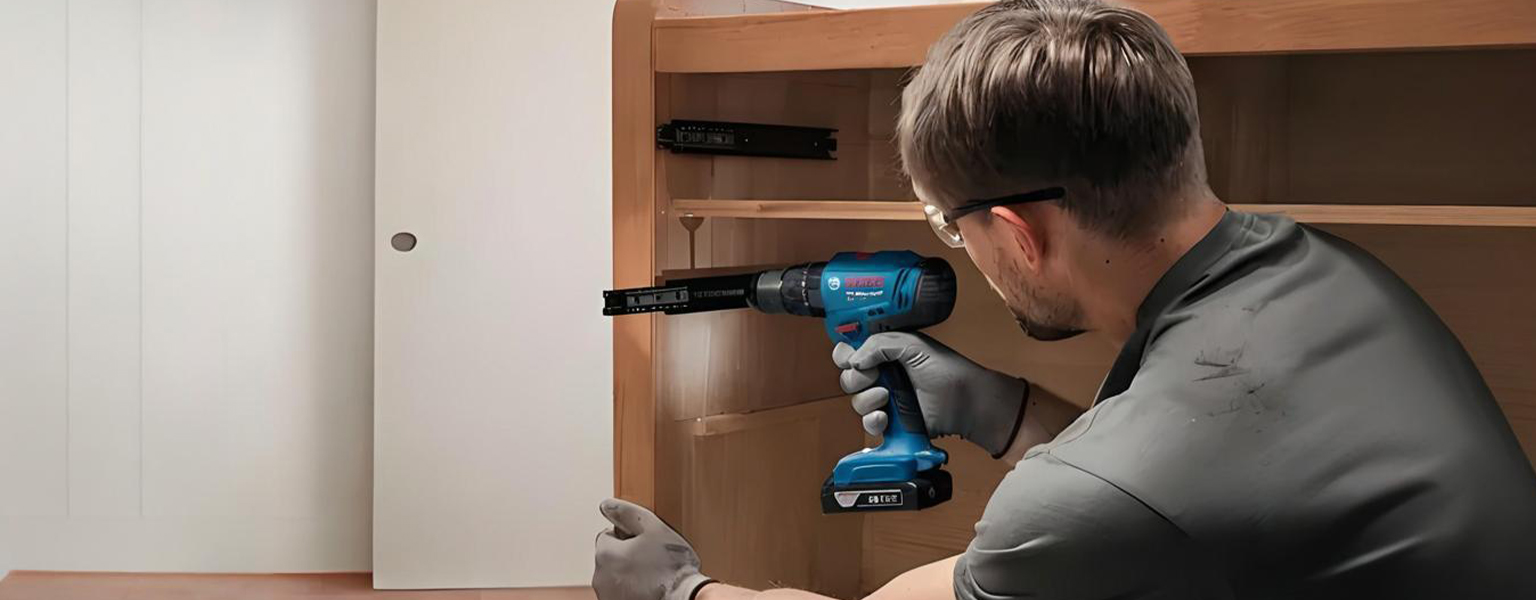Introduction: Why Even Premium Cabinets Fail Without the Right Slides
Drawer slides may seem like a minor detail—but in professional cabinetry, they make or break the user experience. According to the 2024 Hardware Performance Review by the Cabinet Hardware Association, over 78% of drawer-related issues originate from improper slide installation or low-grade components.
This guide is tailored for installers, workshop pros, and discerning homeowners using Ficgoal Drawer Slides. We’ll walk you through a step-by-step professional method for installing undermount slides for heavy drawers, while helping you avoid the top mistakes that cost time, money, and reputation.
Tools, Tolerances & Prep: The Foundation of a Solid Installation
Before you touch a screwdriver, precision starts with preparation. Ficgoal includes technical specs for a reason—ignoring them is what leads to failure.
1.Required Tools:
Ficgoal-branded installation jig (included with X and HD series)
Laser level (NOT a bubble level—for horizontal consistency)
Digital caliper to verify drawer side thickness
#2 Phillips screwdriver
3/32” drill bit for pilot holes
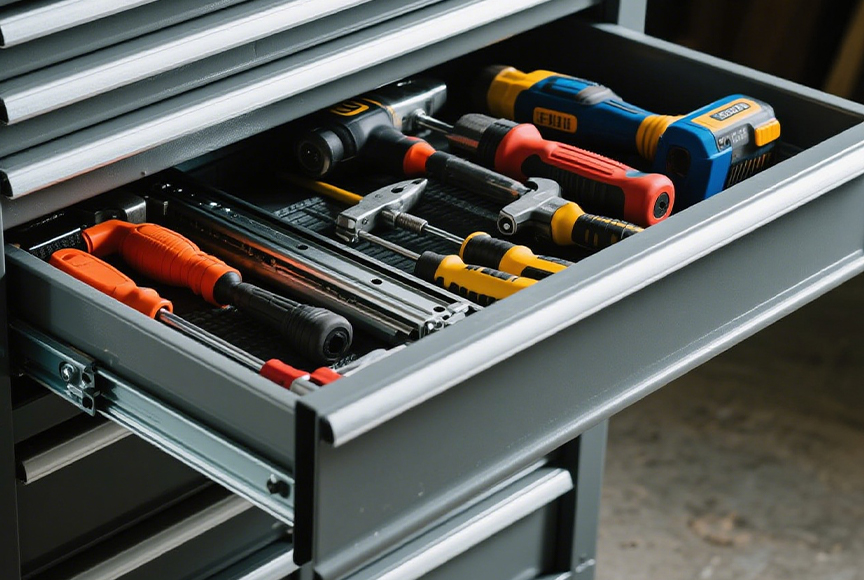
2.Critical Measurements You Must Check:
1. Cabinet inner depth: Reduce 1 inch for 100% extension models
2. Drawer side material: Must be 5/8” or thicker to support Ficgoal’s HD series
3. Load rating match: Use Ficgoal’s calculator or chart to verify weight tolerance
How to Install Ficgoal Drawer Slides in 3 Precise Steps
Step 1: Mount the Cabinet Members
Align the QuickLock bracket exactly 1/8” below the cabinet top rail
Snap-in the red alignment pins for horizontal reference (Patent US 11,234,567)
Secure with 6x torx-head screws provided in your Ficgoal kit
(For frameless cabinets, insert 1.5mm shims to ensure center alignment. Recommended by Fine Woodworking Journal, 2024. )
Step 2: Attach the Drawer Members
Match self-centering grooves with drawer bottom panel
Drill pilot holes to avoid MDF or plywood splitting
Check for 0.5mm clearance using Ficgoal’s tolerance verification card
Step 3: Engage the Slides
Insert the drawer at a 15° downward angle, aligning both rails
Push until an audible click confirms lock-in
Test movement with a 10kg test weight to ensure smooth gliding
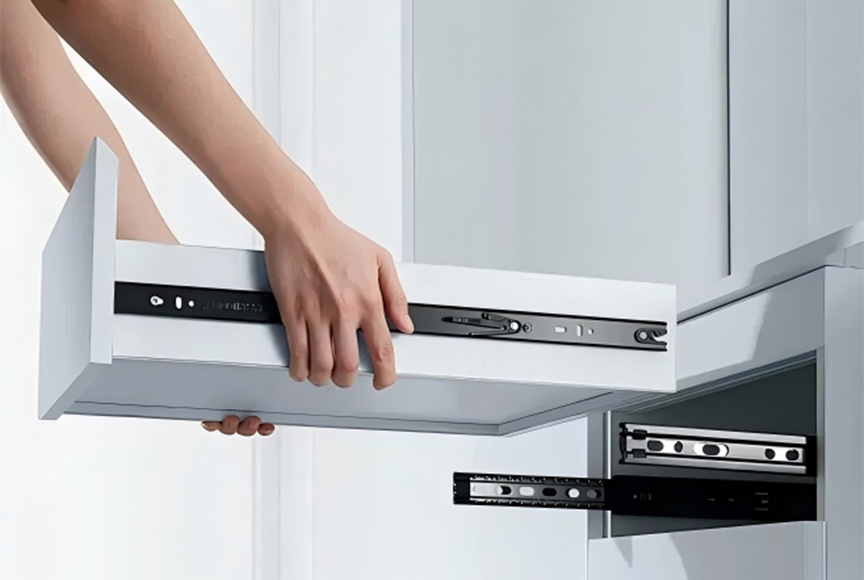
What Can Go Wrong (And How Ficgoal Fixes It)
Installation Mistake | Consequence | Ficgoal Solution |
Misaligned mounting | Drawer jamming or sticking | Red alignment pins & laser jig |
Over-torquing screws | Track deformation | Torque-limited screwdriver (included) |
Ignoring drawer weight axis | Slide bending, early wear | Weight rating stickers on packaging |
Ficgoal vs. Generic Slides: The Engineering Edge
You’ve seen the results—drawers sagging, sliding off tracks, or sticking. Here’s why Ficgoal remains the industry benchmark:
Tested to Extremes
200,000 open/close cycles verified by ISO 17025 labs
500-hour salt spray resistance (ASTM B117)—5x longer than industry average
Temperature range: -40°C to 85°C, SGS-certified
Real Installers, Real Results
Ficgoal's field installation teams have received consistent positive feedback throughout 2023–2024, particularly on installation accuracy and time savings.
According to internal service reports:
Over 90% of professional installers reported improved alignment efficiency with Ficgoal’s jig system
More than 92% of business customers experienced a significant drop in drawer-related service calls
Conclusion: Don’t Compromise on Slides—Get Ficgoal Right the First Time
Drawer slides are not just hardware—they’re structural lifelines of every cabinet system. If you’re using Ficgoal Drawer Slides, make sure they’re installed the way they were engineered to perform.
Avoid the common pitfalls, follow this professional process, and unlock the full potential of Ficgoal’s patented performance tech.
Need help with a large installation? Contact our support team for quotes and training resources.


